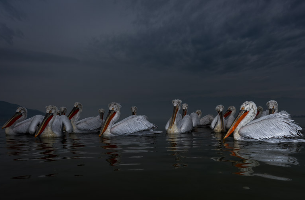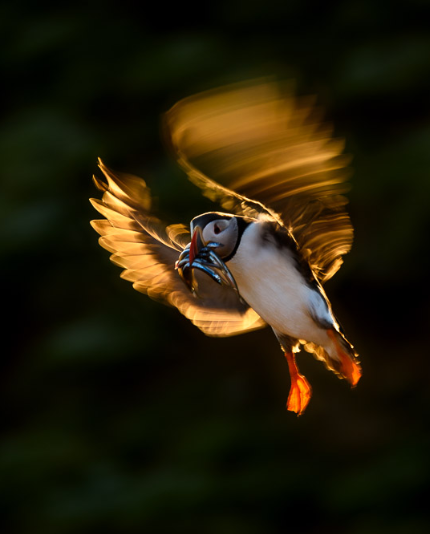Camera and lens choices

Take into consideration the following factors:
- DX or FX: the full-frame FX format size offers the ability to maximize beautiful shallow depth of field to isolate a subject from its background when using a short telephoto lens, while also enabling epic landscapes with a wideangle zoom such as the 17-35mm f/2.8D IF-ED. Alternatively, the smaller sized DX sensor boasts a crop advantage, so if your preferred subjects (e.g. birds) are often framed with longer lenses, then using a DX sensor with its 1.5x crop gives you extra reach with no compromise to resolution.
- Size and handling: a more compact camera body like the new D850 or D7500 will be easier to transport and handle, while the articulated screens on the D5600 and D5500 allow you to capture low-level angles without having to get your eye down to that level.
- Budget: a higher priced camera generally offers more manual control. More manual control gives you a wider range of ways to capture, but you may not need this, especially if your preference is to shoot in an automated mode.• Resolution: which is better for your workflow? 36MP or 24MP still images? Resolution will be important if you plan on creating time-lapse sequences.
- Lenses: something like the 28-300mm f/3.5-5.6G ED VR or the new 180-400mm f/4E VR will allow you to shoot a quickly moving subject without the need to break and change lenses. AF-P NIKKORs such as the 10-20m, 18-55mm or 70-300mm keep focus noise to a minimum when zooming, thanks to their built-in Stepping Motor.

